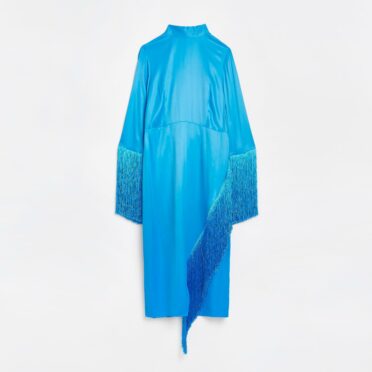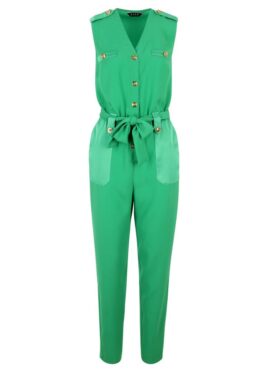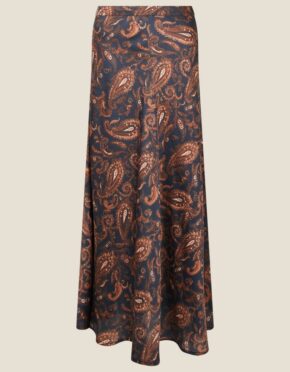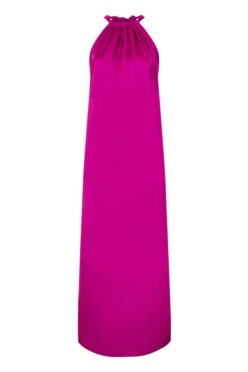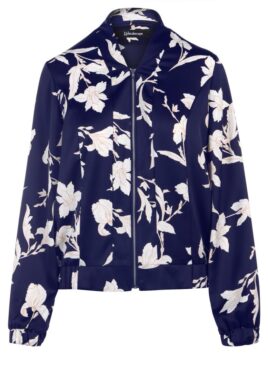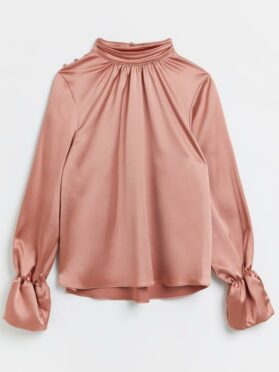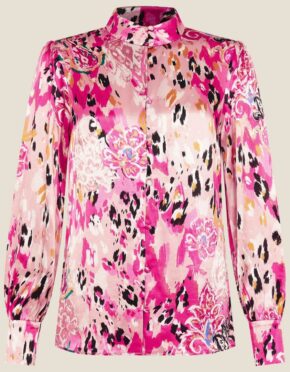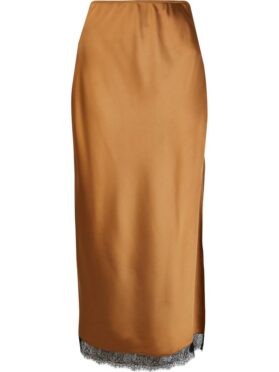Satin isn’t just for bridesmaids, it’s for Christmas too.
This most lustrous of fabrics can elevate any colour or style of clothing into something sensational and that’s why its natural habitat is special occasions and parties.
Satin is everywhere at the moment, on otherwise plain button-up dresses and simple blouses and in colours ranging from muted earthy tones to funky pinks and greens.
A look at the label inside the item of clothing, however, may be cause for confusion – because satin is not a raw material, it is in fact a weave.
During its production, the warp and weft yarns intersect in such a way as to create a smooth, shiny surface on one side of the fabric and a dull, matt finish on the other.
It can be made from fibres such as rayon, nylon or polyester, although purists would insist that only silk is an authentic raw material for producing satin.
Even satin created from silk has a matt reverse side.
Despite their differing component fibres, the aesthetic of all satins is one of elegance and opulence, draping beautifully and skimming the figure for a flattering, almost ethereal effect.
The word satin comes from the Arabic word Zaitun, the name of the Chinese port now known as Quanzhou, where satin was said to have originated in the first century.
Until about the 1800s it was more commonly used for upholstery, but by the 19th Century it had made the move to lingerie and eventually to the high-maintenance-but-worth-it pieces we see before us today.
Our top satin picks:

